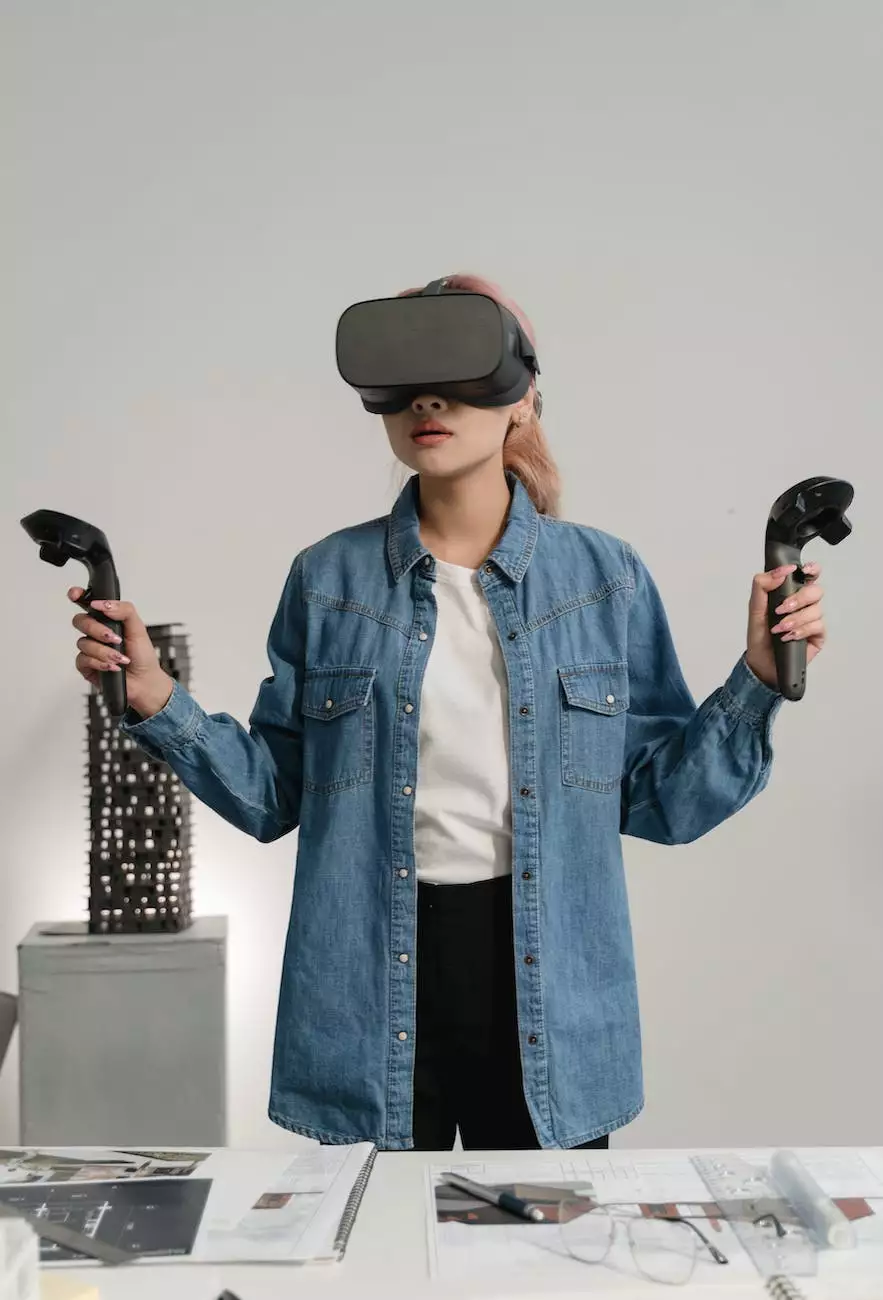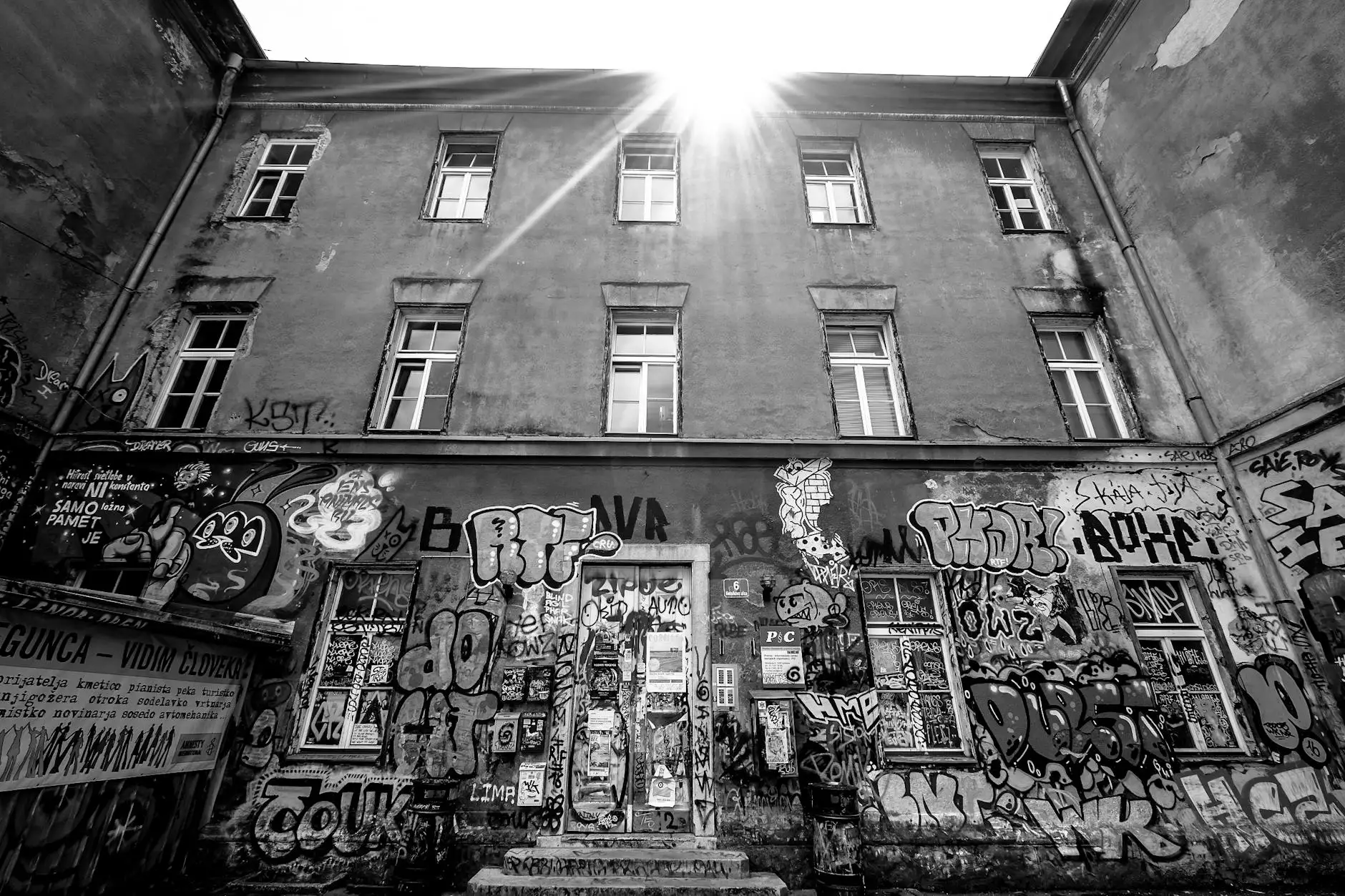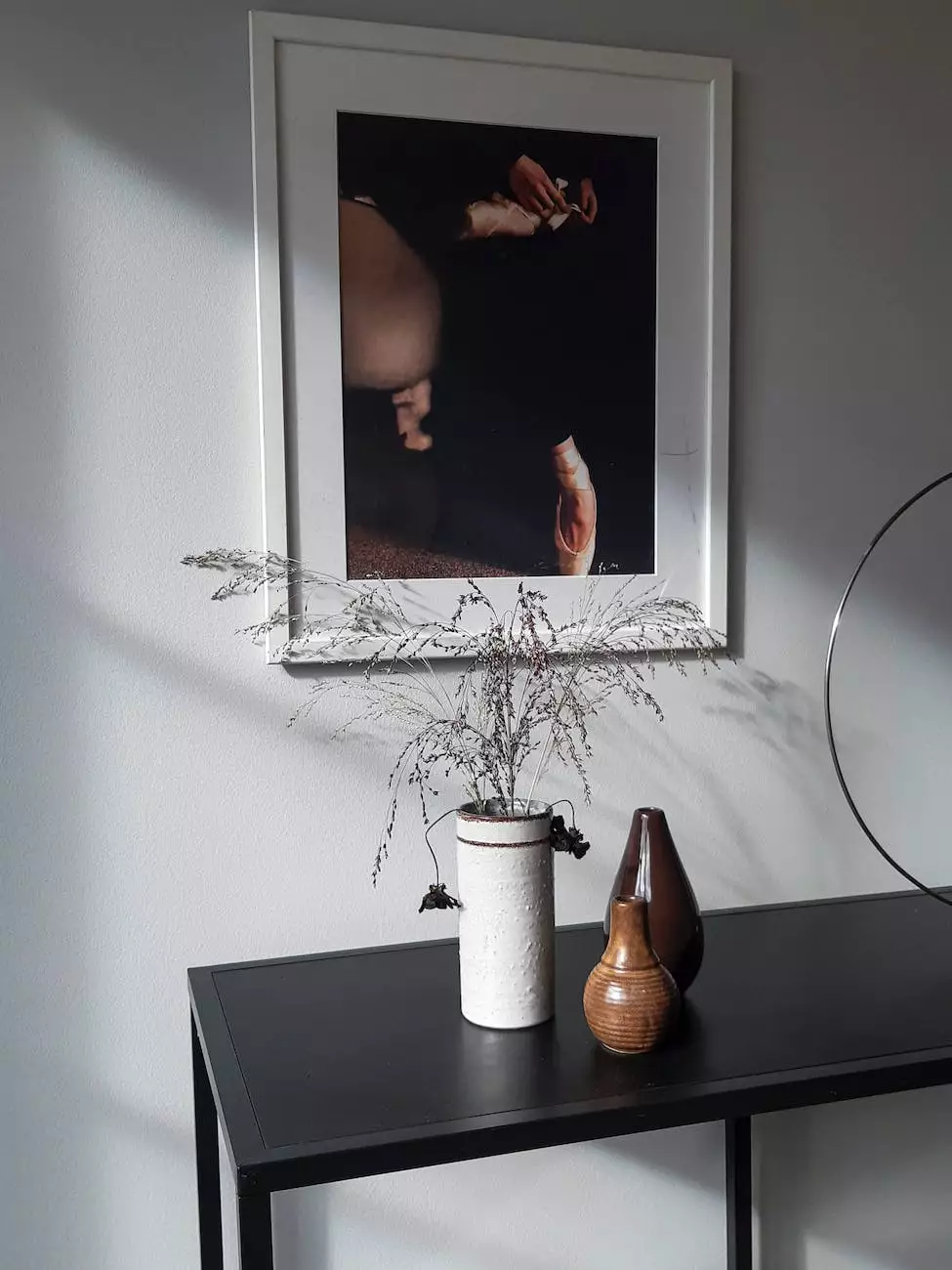3D Printing Construction: Myths and Reality
Projects
The Power of 3D Printing in the Architecture Field
In today's rapidly evolving heavy industry and engineering landscape, architecture professionals are increasingly exploring the potential of 3D printing construction. The groundbreaking technology of 3D printing has the capacity to revolutionize the way we approach construction, leading to greater efficiency, sustainability, and design possibilities.
Dispelling Common Myths
While 3D printing construction is gaining widespread attention, it is essential to separate fact from fiction to fully understand its potential. Let's debunk some common myths:
Myth 1: 3D Printed Structures Lack Durability
Contrary to popular belief, 3D printed structures can possess exceptional durability. Advanced materials, such as concrete mixtures with enhanced properties, are specifically designed for 3D printing applications. These materials undergo rigorous testing to meet industry standards, ensuring structural integrity and long-term performance.
Myth 2: 3D Printing is Economically Infeasible
Although the initial investment in 3D printing technology and equipment may be higher compared to traditional construction methods, the overall cost savings can be significant. The precision and automation offered by 3D printing reduce material waste, shorten construction timelines, and minimize labor requirements, resulting in cost-effective solutions for architectural projects.
Myth 3: 3D Printing Limits Design Creativity
On the contrary, 3D printing enables unparalleled design freedom and creativity. Complex and intricate designs that were previously challenging to construct using conventional methods can now be achieved with ease using 3D printing technology. Architects have the ability to push the boundaries of innovation and create unique structures that blend artistry with functionality.
The Reality of 3D Printing Construction
Now that we have addressed some common misconceptions, let's explore the practical reality of 3D printing construction in the heavy industry and engineering field of architecture:
Potential Benefits
Implementing 3D printing in construction brings numerous advantages:
- Enhanced Efficiency: 3D printing reduces construction time significantly by automating the fabrication process, minimizing human errors, and eliminating the need for traditional formwork.
- Sustainability: The precise material placement of 3D printing eliminates wastage and promotes sustainable practices. Additionally, the ability to reuse materials in future projects further reduces environmental impact.
- Cost Savings: With optimized material usage and reduced labor requirements, 3D printing offers potential cost savings over traditional construction methods.
- Design Freedom: Architects can embrace unlimited design possibilities, resulting in unique and eye-catching structures that capture the essence of their vision.
- Complex Geometries: 3D printing technology allows for the creation of complex geometries, enabling the realization of organic and unconventional designs that were previously challenging to execute.
Challenges and Considerations
While 3D printing in construction holds immense potential, certain challenges need to be addressed:
- Regulatory Compliance: As a relatively new technology, 3D printing construction is subject to evolving regulations and building codes. Collaboration between industry professionals, regulatory bodies, and policymakers is vital to establish guidelines and ensure safety standards.
- Material Development: Continued research and development are required to refine and expand the range of materials suitable for 3D printing construction. This includes exploring sustainable options and improving material properties for specific applications.
- Scaling Up: While 3D printing has demonstrated success in smaller-scale projects, scaling up to larger structures poses logistical challenges. Innovations in machinery, printing speed, and construction techniques are essential to overcome these obstacles.
- Skilled Workforce: The adoption of 3D printing construction necessitates a skilled workforce equipped with the technical know-how to operate, maintain, and troubleshoot the technology effectively.
Embrace the Future of Construction
As heavy industry and engineering professionals in architecture, it is crucial to stay informed about cutting-edge technologies and embrace innovation. 3D printing construction has the potential to reshape the industry, offering unparalleled opportunities for creativity, efficiency, and sustainability.
At McKenna John J Architect, we are committed to staying at the forefront of industry advancements. Contact us to learn more about how 3D printing construction can transform your architectural projects.




